Ever since the Internet of Things (IoT) came into the picture, it has caused one disruption after another. After all, the prospect of connecting anything non-computer to the Internet sounds exciting.
But who knew that even after connecting your security system to the Internet to send out an alert to the authorities, you could still get robbed. Nevertheless, there is a lot of exciting stuff going on in the IoT spectrum.
T. Anand, principal architect, Knewron, says, “Newer communication protocols are helping in making wider-networked devices work together, without the need of heavy communication infrastructure.” “These are more secure, consume less power and give a simplified interface to the Cloud and mobile phones,” adds Akshay Aggarwal, co-founder, Mektrasys. Gartner, in its report about working areas in the coming two years, has highlighted low-power networks and security as important areas.
Focus areas in the IoT
Connectivity has seen a lot of focus over the past couple of years. Selecting a wireless network for an IoT device involves balancing multiple requirements including range, battery life, bandwidth, density, endpoint cost and operational cost. Multiple connectivity solutions like Long-Range Wide Area Network (LoRaWAN), Narrowband, Thread, Weightless or white space are some of the contenders. The long-term goal of an IoT network is to deliver data rates up to tens of kilobits per second (kbps) while consuming low power.
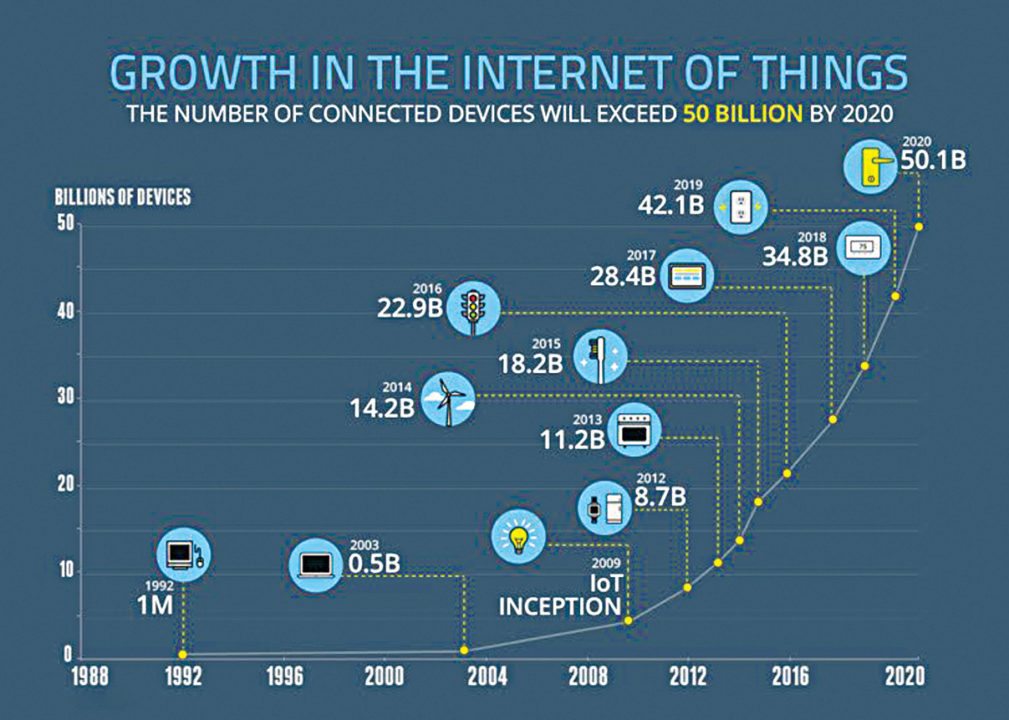
Low-power networks are on the rise
“Many new transmission protocols are addressing range issues by keeping data rates lower,” says Anand. LoRaWAN has been popular over the past couple of years in low-power networks. As per a test run in Bern, Switzerland, a single access point could connect to a device 49km away. With that much capacity, you could connect an entire country with a handful of such access points. This network, however, is more suited towards machine-to-machine (M2M) communication, and manufacturing plants seem to have realised the importance.
“We are seeing automobile manufacturers collaborating for LoRa usage,” says Rishabh Chauhan, global community manager, The Things Network. He explains, “The trick lies in controlling the duty cycle and allowing maximum number of devices to use the network.”
Phani Varanasi, chief executive officer, Hanbit Automation Technologies Pvt Ltd, looks at innovative uses of LoRa. “We are looking at using a form of global positioning system (GPS) that uses LoRa instead of General-Packet Radio Service (GPRS).” The user device pings off multiple access points and allows information on the location of the beacon at any point of time. “This is helpful in place like a large shipyard where it gets difficult to track individual vehicles over a couple of kilometres,” he explains. Post approval from WPC, this would be an interesting localised GPS to look out for.
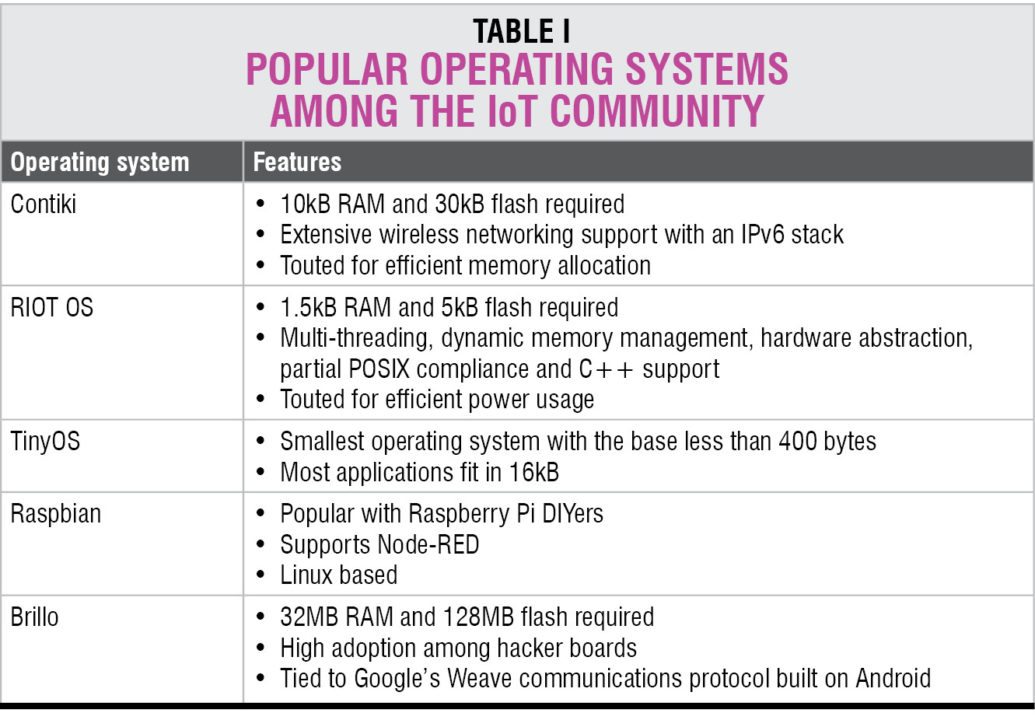
Narrowband for the machines
Narrowband Long Term Evolution (NB-LTE), for example, can be fully integrated into existing LTE networks without the need of an overlay network. A version of LTE is being tested out for M2M communication as well. LTE machine-type communication (LTE-MTC), or LTE-M, also works within the normal constructs of LTE networks. However, it is more energy efficient in terms of its extended discontinuous repetition cycle, meaning that the endpoint can communicate with the access point on how often it listens for the downlink.
The advantages do not end here though. Applications are extremely simple as well. A mobile phone operator only has to upload new baseband software onto its base station, hence saving up heavily on added antenna costs.
It is also expected to be simpler because of the operation in the 1.4MHz band of the channel instead of the 20MHz in regular communication. This, however, has been further simplified into NB-LTE-M that dedicates existing resource blocks to the IoT traffic, by using further smaller channels. Instead of using 1.4MHz spectrum and six resource blocks, it works with only one LTE resource block, giving an effective throughput of about 200kbps for downlink and 144kbps for uplink.
Narrow-band backed by mobile systems.
Narrowband IoT (NB-IoT) networks are seeing a rapid rise since late 2015. The nudge was provided by the collaboration between Nokia, Ericsson and Intel Technologies to boost NB-LTE. Longer battery life and cheaper modules are the focus areas in the development of NB networks. Since it uses the backbone of the existing system, it provides for a better implementation on an economic scale.
This comes as a competing technology to Huawei’s Narrowband Cellular IoT (NB-CIoT). Also known as NB-IoT, it looks to take over most of the smart city management, with applications ranging from smart water/gas metering, municipal light and waste management, livestock breeding to irrigation and environment monitoring. The biggest advantage of it is that its backing is based on mobile networks. This is, however, not based on LTE but instead on Direct Sequence Spread Spectrum (DSSS) modulation. It is expected to be simpler than NB-LTE-M with even cheaper chipsets.The challenge with NB-IoT is that it does not fit in with LTE, hence, it calls for a separate side band with a different software setup, which could again increase deployment costs.
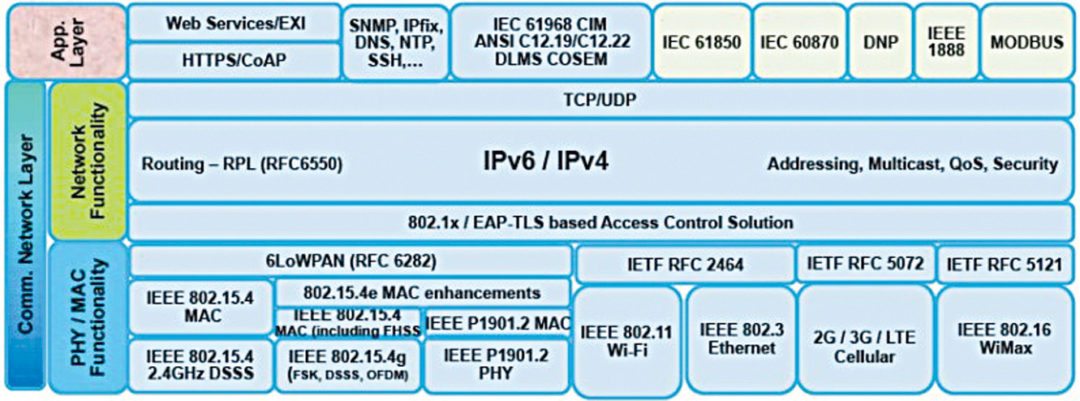
Lesser-known connectivity options.
Sigfox is a viable alternative to LoRa, working in the same spectrum using binary phase-shift keying (BPSK). Even though it is bidirectional, communication via Sigfox tends to be better for uplink as compared to downlink. Downlink capacity is constrained due to limitations on receiving sensitivity at endpoint. This could well work for M2M communication, where we are concerned with the status of machines and status updates happen automatically.
Availability of Sigfox modules is not an issue anymore, as Sigfox is readily selling the endpoint technology to manufacturers. Availability of endpoints makes Sigfox extremely affordable. However, cost of a base station is high, making the system at par with LoRa network.
Thread is another technology that is being talked about. It targets to change the spotty and power-hungry nature of established connections. The mesh network created in a Thread connection looks to connect hundreds of devices around your home with minimum of batteries.
As per threadgroup.org, a simple AA battery could last for years. Aggarwal explains, “It spreads on the guarantee of an IP based work organising arrangement that is secure, solid, versatile and streamlined for low-power operation.” Scalability of the network of up to 250+ devices and AES encryption to plug leaks in wireless connections add to the charm.
Weightless is a proposed wireless technology standard for exchanging data between a base station and thousands of machines around it using white space with high levels of security. White space refers to unused broadcasting frequencies in the wireless spectrum. This may not sound like much, but it becomes an important factor when you consider the capability to cover tens of kilometres in a single wireless hop. However, more realistic expectations from the system can be made after some solutions come to light.
Hardware and the open source community.
There has been a lot of focus around the IoT with regards to open source hardware in the recent past. “The open source IoT framework allows you to utilise open-sourced implements to customise an IoT platform to suit your requirements,” says Aggarwal. It provides a positive push for the initial start of product development.
Anand says, “However, due to mixed type of resource availability, product development is often left to be a subject of concern. We have a lot of IoT solutions, some of which are working towards making open source hardware applicable in real life.”
Increasing availability
Self-contained RF-certified module solutions that allow multiple protocols like TCP, UDP and IP on chip are flooding the market from various vendors. Built-in security features in these solutions help reduce certification times and allow the addition of communication to microcontroller based products. The ease of using these solutions is also increasing. Chauhan says, “The community approach allows you to take LoRa networks in your own hands. We have had successful implementations in about 100 cities with community participation.”
Anand believes, “We need to move towards applied developments with open source hardware rather than just the hobby and fun part of it.” Open source community has been helpful in supporting product development that could be made more useful with a focus towards product deployment and adoption, as it is finally critical for true success.
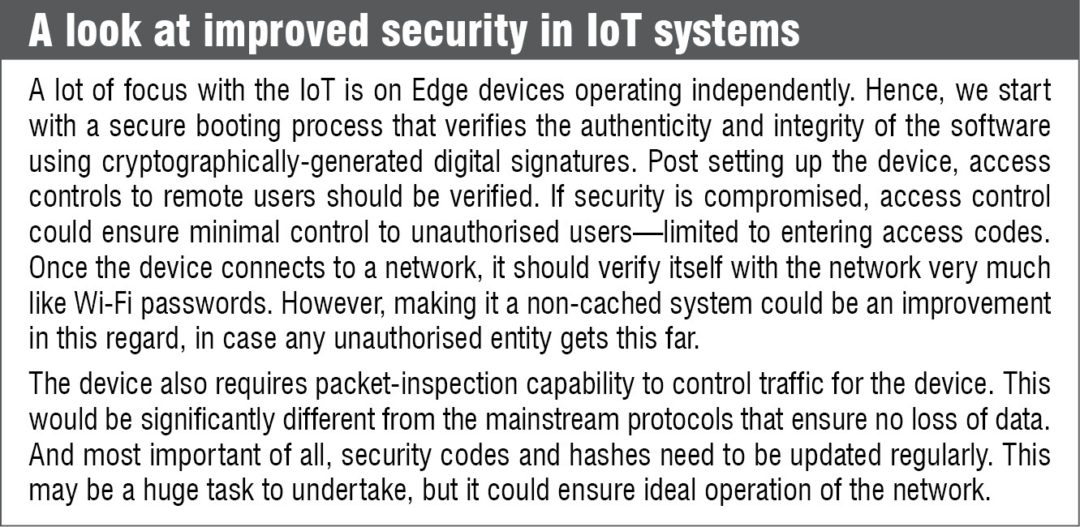
How secure are these systems
Security and analytics top the list of focus areas with IoT development. The IoT introduces a wide range of security risks and challenges to IoT devices, their platforms and operating systems, their communications and the systems to which these are connected. After all, experienced IoT security specialists are scarce, and security solutions are currently fragmented involving multiple vendors. As data volumes rise, newer analytic tools and algorithms are also needed, but as data volumes increase, traditional analytics are not enough to carry out the task.
At present, a very high number of IoT systems are open sourced and have open networks. This brings in the concern of security of these networks. These concerns are further fuelled by reports from Keeper Security, which highlight the state of passwords employed by users. Out of the one million passwords analysed by the group, a whopping 17 per cent went with the password 123456. Others in the list are no better. This brings in the question as to how secure the system can actually remain.

Improving the security.
Security technologies required to protect IoT devices and platforms from information attacks and physical tampering must be improved significantly. Encrypting the communication and addressing innovative hacks and denial-of-sleep attacks that drain batteries must be looked at for the system to last longer. Security can also be made complicated by basic processors and simple operating systems used in edge devices that do not support complex security solutions.
Chauhan explains how they take care of security in their systems. “There are provisions for three levels of security in the systems. You need the network key that allows your device to connect with the network, the device key that allows you to access the device and the application key that allows you to access the particular data in the edge device.” But if you set passwords like 123456, the system is going to have a tough time keeping intruders out.
Some ways to improve security can be implemented throughout the development cycle, starting with a threat model to consider the dangers and designing the system accordingly. Threat modelling helps the design team to consider vulnerable factors while designing the system, instead of post deployment. Security can then be implemented throughout the device lifecycle to keep those hackers on their toes.
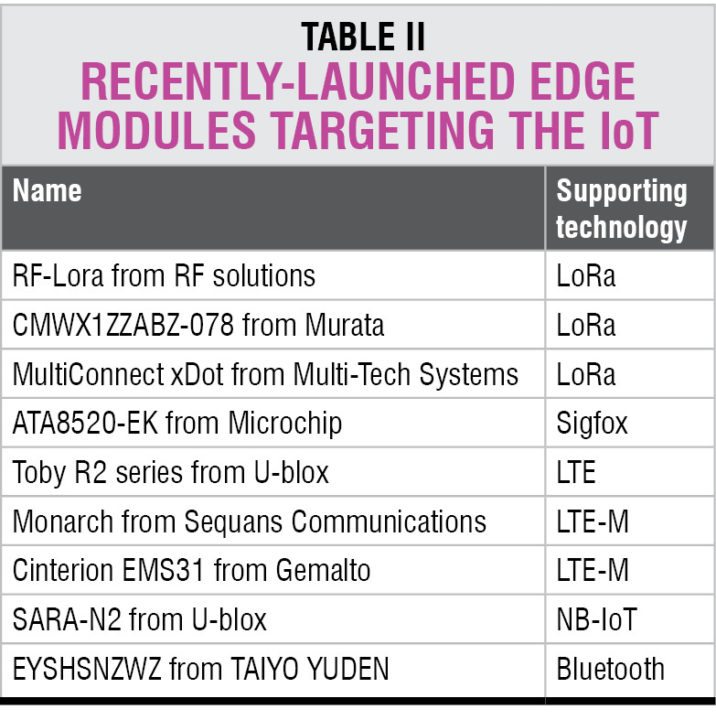
What to expect in the future
Multiple ecosystems are expected to be the norm in the future, so interaction between different ecosystems is going to be another thing to look at. Areas such as smart homes, smart cities and healthcare call for robust systems with more reliability. Developers must regularly update the systems as more standards evolve in the future.
All things considered, multiple protocols could eventually help you out. There is Amazon Echo Dot competing with Google Home. Simply saying the words could get your prescription ordered or your air quality monitored. We have somehow managed to add connectivity in everything from televisions to tyres.
Considering a mix of image analytics and reactions on these by mechanical systems could be the next big thing. Adding image analytics to mechanical systems and tweaking some algorithms could lead to a much easier lifestyle. Which brings in the question, “Would that level of comfort be good for us and not turn us into lazy people sitting and typing everything away?”
Saurabh Durgapal is working as technology journalist at EFY






